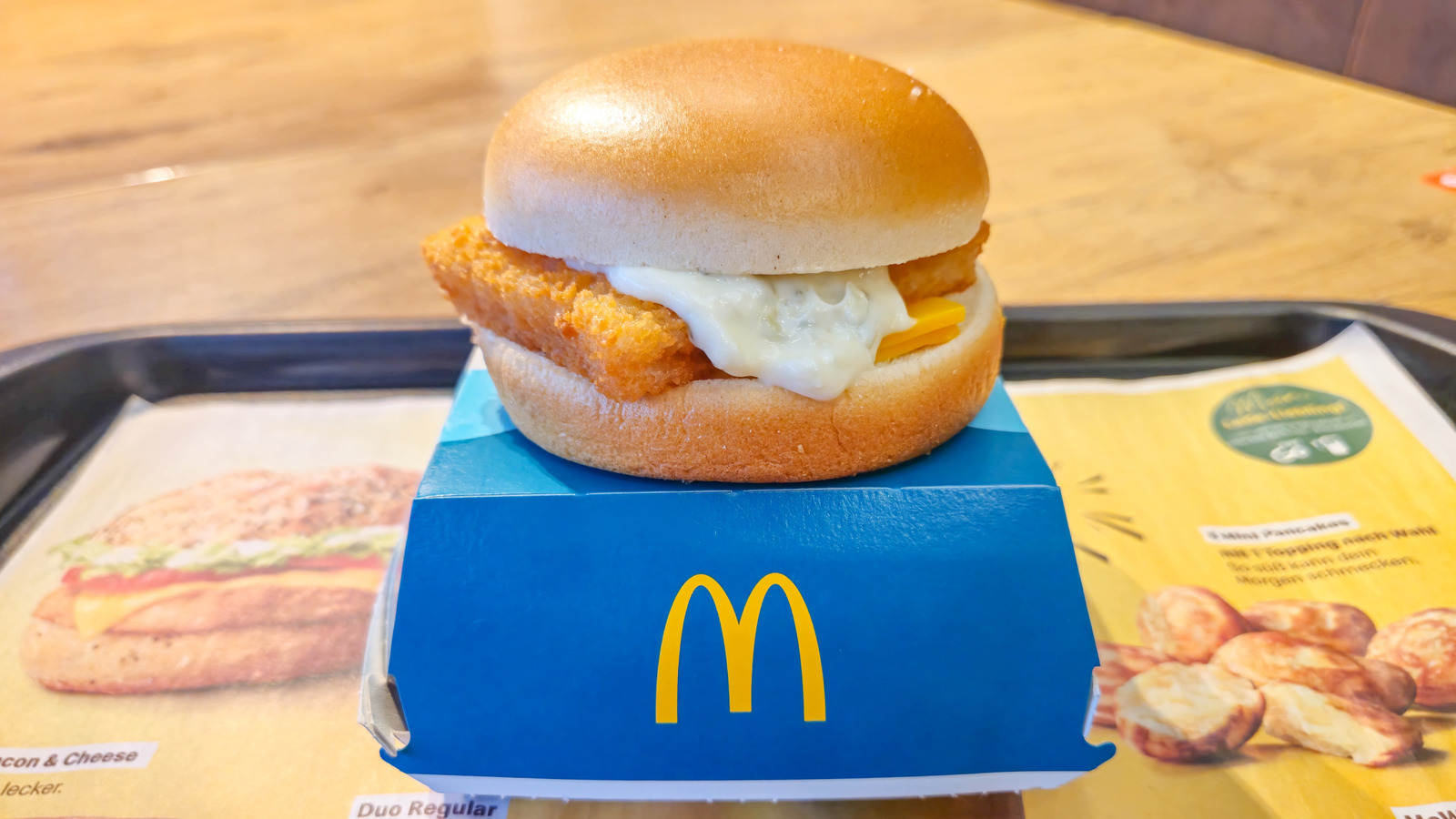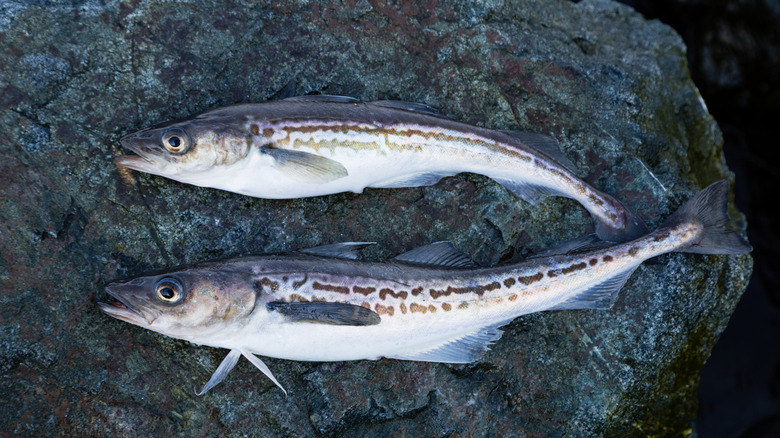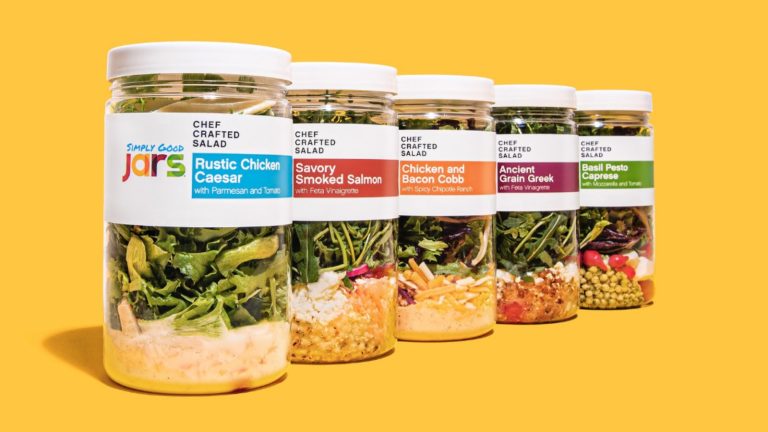With that unmistakable combination of a soft steamed bun, a square fried fish patty, a slice of American cheese, and tangy tartar sauce, the Filet-O-Fish has been a McDonald’s menu staple for decades. But if you think it has always tasted the same, you’d be mistaken. The fish inside your Filet-O-Fish today isn’t the same one that started it all. In fact, McDonald’s originally made the sandwich with a completely different fish: cod.
When the Filet-Of-Fish launched, it wasn’t developed in a boardroom, but out of necessity. In 1959, Lou Groen, a McDonald’s franchise owner in Monfort Heights, Ohio, invented a battered whitefish sandwich to cater to his large base of Catholic customers, who traditionally abstained from eating meat on Fridays.
The dish was a hit. The cod classic quickly beat out Ray Kroc’s grilled pineapple burger, and became the first non-hamburger item to roll out at McDonald’s eateries nationwide.
What happened to cod?
In the decades after the Filet-O-Fish debuted, global whitefish populations, particularly Atlantic cod, plummeted due to overfishing. By the early 2000s, cod supplies could no longer keep up with mass-market fast food demand.
McDonald’s, which was serving hundreds of millions of Filet-O-Fish sandwiches annually, changed tides. In 2013, the chain announced it would switch to using 100% wild-caught Alaskan pollock in its Filet-O-Fish sandwiches in all 14,000 U.S. locations. The move wasn’t just about securing a steady supply, it was a way to champion sustainability. The Golden Arches only sources Alaskan pollock from fisheries certified by the Marine Stewardship Council (MSC).
And the fish is still used in McDonald’s products today. Before it reaches your local restaurant, the pollock is flash-frozen, sliced, breaded, and par-cooked. The flakey texture and mild flavor pair perfectly with the tangy tartar sauce, and you can add a beef patty and chicken filet for a mammoth “Land, Air and Sea” sandwich, one hack for a better Filet-O-Fish. Also, swapping out the tartar sauce for Big Mac sauce works wonders with the crispy fish. McDonald’s sells hundreds of millions of these sandwiches annually. Thanks to the company’s pivot to sustainability, it’s likely to remain on menus, with Alaskan pollock front and center, for years to come.






